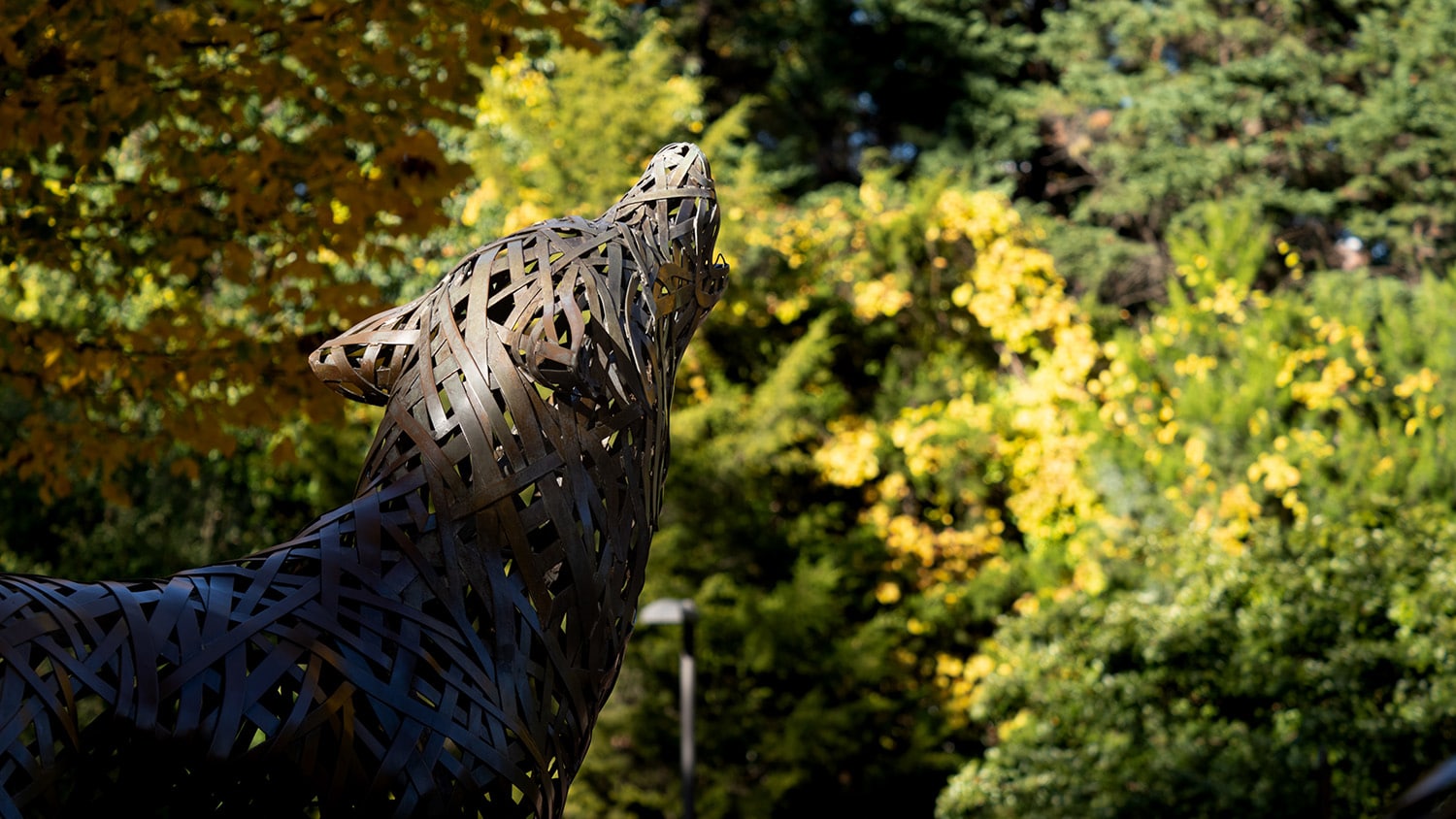Biological Sciences
The department remembered Bill Grant, a retired professor and undergraduate coordinator who died on Oct. 13 at the age of 80.
Students in LSC 170: Theatre of Science Fiction and Science Fact, a first-year seminar in the life sciences, collaborated with University Theatre on a production titled, “Wake Me When It’s Time.”
Chemistry
Professor James Martin authored a paper outlining a new theory that demystifies the crystallization process and could impact everything from drug development to understanding climate change.
During a visit to the department, Ho Viet Thang, vice dean and faculty member in chemical engineering at the Da Nang University of Science and Technology in Vietnam, met with faculty and presented a seminar titled, “DFT Insights Into High Stability of Single Atom Catalysts.”
Marine, Earth and Atmospheric Sciences
Assistant Professor Zhen Qu and a team of researchers from the U.S., U.K. and Germany found that the surge in atmospheric methane during the COVID-19 pandemic was a result of wetland flooding.
Professor David Genereux led a study that found it could take over 40 years to flush per- and polyfluoroalkyl chemicals, known commonly as PFAS, out of contaminated groundwater in North Carolina’s Cumberland and Bladen counties.
Mathematics
Several department faculty, postdocs and graduate students participated in the third annual Triangle Computational and Applied Mathematics Symposium, hosted at the University of North Carolina at Chapel Hill.
During Native American Heritage Month in November, the department recognized mathematician Mary Golda Ross, the first Native American woman to work as an engineer in the U.S. space program.
Physics
Associate Professor Ian Roederer was part of a team that examined a newly discovered star. The findings could challenge some models of how stars evolve and the way they produce elements as they age.
Professor Kenan Gundogdu was part of a team of researchers that developed a new technique that allows them to engineer a class of materials called layered hybrid perovskites down to the atomic level, which dictates precisely how the materials convert electrical charge into light.
Statistics
Check out some of the department’s research accomplishments in the third quarter of the year.
The department hosted a poster session for graduate students to showcase their research.



